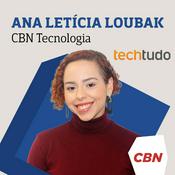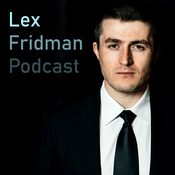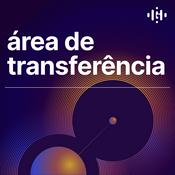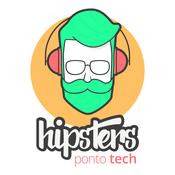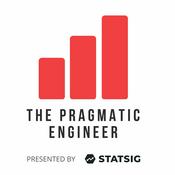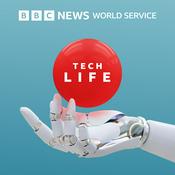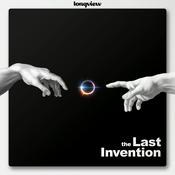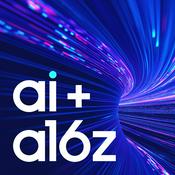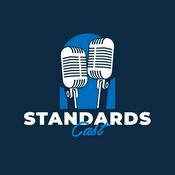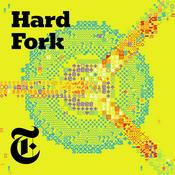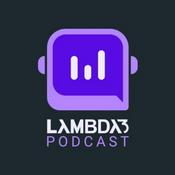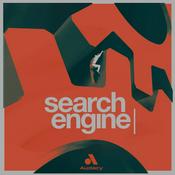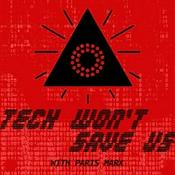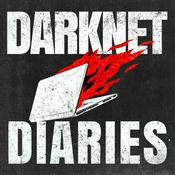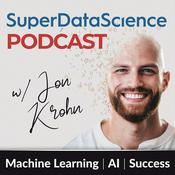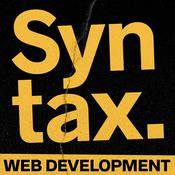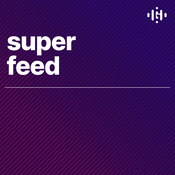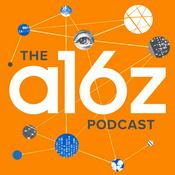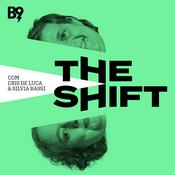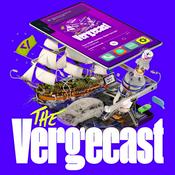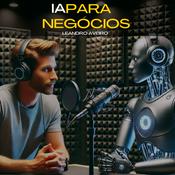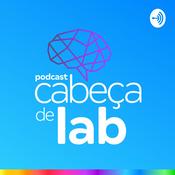86 episódios

A (Secure) Christmas Carol: The Story of Npmezer Scrooge | Coffee Talk
17/12/2025 | 20min
This year, React Universe On Air is doing something different for Christmas. No guests, demos, or framework updates. Instead, Ola Desmurs Linczewska tells a Christmas story. A (Secure) Christmas Carol is a holiday fairytale for JavaScript and React Native developers. Set on Christmas Eve, it follows Npmezer Scrooge, a senior engineer who believes deadlines matter more than holidays, and warnings can always wait. Over the course of one long winter night, he’s visited by unexpected guides who show him what his choices look like across time: the optimism of the past, the quiet damage of the present, and a future no one wants. All technical details, real-world security issues, and references mentioned in the story are explained in the show notes 📚 https://clstk.com/4pEVYwv We’ll be back in January with regular episodes. Until then, stay kind, stay curious, and have yourself a very merry Christmas.

Taking React Native Into VR on Meta Quest React Universe On Air
26/11/2025 | 46min
It’s a practical, developer‑focused look at the early days of React Native on VR: what works today, what’s different from mobile, and why so many app ideas translate better than you might expect. Chapters: 00:00 Introduction to React Native on Meta Quest 01:10 Meet the guests: Jan Jaworski and Ram N 01:28 Ram’s background and experience 04:10 Jan’s background and experience 06:09 Exploring React Native on Meta Quest 07:09 How Meta Quest started 11:00 Getting started with React Native on Meta Quest 14:30 Betting on AOSP 17:00 First-mover advantage and developer opportunities 21:32 Differences between mobile and VR 24:45 Running Expo projects on the headset 25:28 React Native on Meta Quest, now for real 27:27 Starting a React Native project on Meta Quest 28:49 Developing and debugging on Meta Quest 30:19 Do you need a headset or an emulator? 31:57 Virtual Reality Development Experience 38:09 AI tooling 40:02 Meta Horizon Start Developer Competition 45:02 Conclusion and final thoughts

React Native at Scale With NFL
14/10/2025 | 55min
The NFL runs on tight deadlines. Every kickoff and Super Bowl demands that millions of fans get flawless live video, stats, and fantasy features, whether they’re on iPhones, Xboxes, or connected TVs. In this episode of React Universe On Air, Mike Grabowski talks with Michael Blanchard (Director of Engineering at the NFL), about how React Native became the backbone of this high-pressure, multi-platform ecosystem. Michael shares his journey from web engineer to leading NFL’s engineering teams across nfl.com, three mobile apps, a cross-platform video player, and a suite of connected TV apps. Together with Mike, he explores the NFL’s migration strategy, the transition from Haul/Webpack to Metro and Expo, and the cultural shifts that helped merge web and native engineers into one collaborative team. You’ll learn: ➡️ Why the NFL went full Greenfield (twice) ➡️ How NFL+ shaped their second rewrite ➡️ Lessons from moving from Haul/Webpack to Metro ➡️ How Expo SDKs gradually replaced community libraries ➡️ How GitHub Actions + EAS Build reshaped their CI/CD pipeline ➡️ Strategies for handling 20–30 PRs daily in a monorepo ➡️ How React Native powers mobile, web, and multiple connected TVs ➡️ What cultural shifts enabled true cross-platform collaboration Catch more React Universe On Air episodes 🎧 https://clstk.com/4gp8Cw5 Sign up for our newsletter ✉️ https://clstk.com/4mfmRof Follow us on X 🐦 https://x.com/callstackio Chapters: 00:00 Welcome to the React Universe 01:35 Meet Michael Blanchard from NFL 03:03 NFL's digital presence and platforms 04:24 React Native in NFL's mobile apps 08:32 How React spread across all platforms 11:47 Collaboration between web and native teams 18:11 Technical decisions regarding different platforms 23:48 V2 of NFL's flagship app 25:14 Choosing migration strategy 30:10 Maintaining more product versions 34:33 Adopting Expo 42:10 Modernizing CI/CD 46:48 Team structure and workflow at NFL 53:29 Final thoughts

Core Contributor Summit 2025 Highlights | Coffee Talk
19/9/2025 | 36min
What really happens when React Native’s core contributors gather behind closed doors? In this episode of React Universe On Air, recorded live at React Universe Conf 2025, host Łukasz Chludziński sits down with Joel Arvidsson, Jay Meistrich, and Thibault Malbranche to unpack the hottest debates and wisest insights from the Core Contributor Summit. They dive into: ➡️ How the cooperation between consultancies, big organizations like Meta or Microsoft, and OSS contributors looks like ➡️ 2025 as the “year of stability” for React Native ➡️ The promise (and pain) of React Native for desktop apps ➡️ Flipper’s decline and new community-driven DevTools ➡️ Whether React Native 1.0 is just a marketing label or a true milestone ➡️ How agencies and individuals balance open source with client work ➡️ Practical advice for engineers who want to contribute and join the conversation Chapters: 00:00 Welcome to the React Universe 01:21 Meet our guests: Thibault Malbranche, Joel Arvidsson, Jay Meistrich 02:33 What is Core Contributor Summit 04:02 Meta vs. community usage of React Native 07:19 Year of stability & tooling challenges 09:00 Surprise session: React Native for Desktop 16:10 Concrete outcomes vs. planting seeds 21:02 Open Source dynamics & collaboration 27:30 React Native 1.0 33:45 Future directions & getting involved 36:50 Final thoughts Catch more React Universe On Air episodes 🎧 https://clstk.com/423vF9D Sign up for our newsletter ✉️ https://clstk.com/3Kb23kM Follow us on X 🐦 https://x.com/callstackio

Observability & OpenTelemetry in React Native
13/8/2025 | 56min
Many React Native apps ship without full observability. The result? Blind spots in performance, crashes, and user behavior once your app is in the wild. In this episode of React Universe On Air, Łukasz Chludziński sits down with Jonathan Munz (Senior Software Engineer at Embrace) and Adam Horodyski (React Native Expert at Callstack) to unpack how OpenTelemetry can bring structure and clarity to mobile monitoring. They break down why mobile observability is harder than observability on backend, what the OTLP protocol enables, and how to instrument React Native apps without locking into a single vendor. You’ll also hear how community-driven tooling like React Native OpenTelemetry and the Embrace React Native SDK can simplify setup and improve data portability. You’ll learn: ➡️ How observability and OpenTelemetry work together ➡️ The 3 core OpenTelemetry signal types for mobile ➡️ Why mobile instrumentation is more complex than backend telemetry ➡️ How OTLP improves interoperability between tools ➡️ Where auto-instrumentation is still missing in React Native ➡️ The role of Embrace and open-source libraries in reducing setup overhead Check out episode resources on our website 📚 https://clstk.com/4104nAF Catch more React Universe On Air episodes 🎧 https://clstk.com/45EWnYe Monitor what matters in your React Native app with Callstack’s help 🤝 https://clstk.com/3HoM3KI Sign up for our newsletter ✉️ https://www.callstack.com/newsletter Follow us on X 🐦 https://x.com/callstackio Chapters 00:00 Welcome to the React Universe 01:07 Meet our guests 03:07 Defining observability and OpenTelemetry 04:32 Signals in observability 11:57 Challenges with observability in React & React Native 16:04 Standardization and OpenTelemetry protocol 18:08 Embrace and Open Telemetry 21:29 Future of OpenTelemetry in mobile 27:23 Exploring React Native OpenTelemetry 29:54 Community involvement in OpenTelemetry 37:34 Real observability in React Native 46:41 Future of React Native observability 50:40 Hey, listeners, here’s what we want you to do 54:46 Conclusion and final thoughts
Mais podcasts de Tecnologia
Podcasts em tendência em Tecnologia
Sobre React Universe On Air
Ouça React Universe On Air, IA Sob Controle - Inteligência Artificial e muitos outros podcasts de todo o mundo com o aplicativo o radio.net
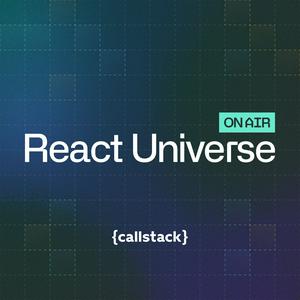
Obtenha o aplicativo gratuito radio.net
- Guardar rádios e podcasts favoritos
- Transmissão via Wi-Fi ou Bluetooth
- Carplay & Android Audo compatìvel
- E ainda mais funções
Obtenha o aplicativo gratuito radio.net
- Guardar rádios e podcasts favoritos
- Transmissão via Wi-Fi ou Bluetooth
- Carplay & Android Audo compatìvel
- E ainda mais funções


React Universe On Air
baixe o aplicativo,
ouça.

